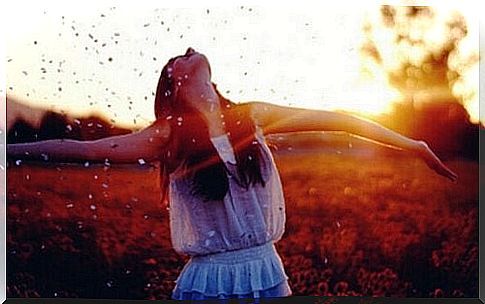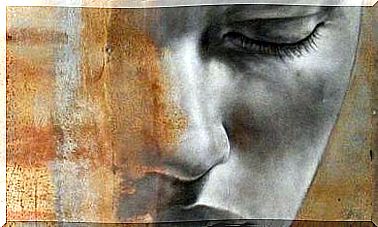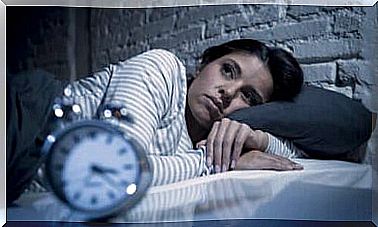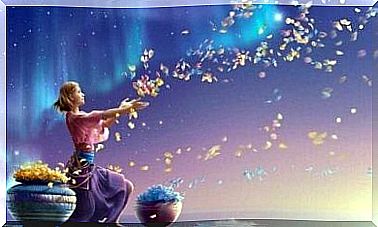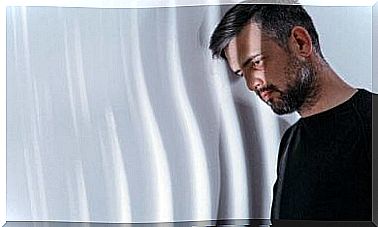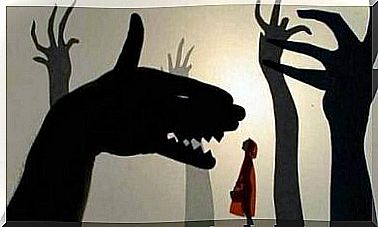Archetype Of The Shadow: The Dark Side Of Our Psyche
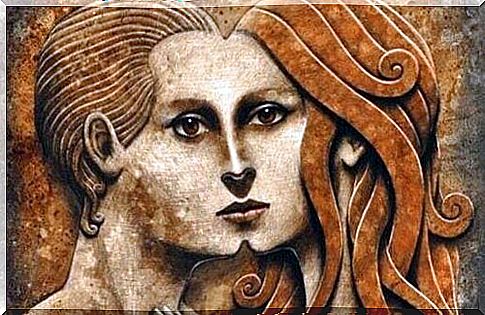
According to Carl Jung’s analytical psychology, the shadow archetype represents the “dark side” of our personality. It is an underground world of our psyche in which we find the most primitive essence, the sharpest egoisms, the most repressed instincts and this “self-defeating” that our conscious mind rejects and that we plunge into the deepest abysses of our being. .
We’ve all heard about this concept, this shadow archetype that somehow continues to be used in psychology to talk about this dualism. Of this feeling of contrast with ourselves when we work on frustrations, fears, insecurities and resentments.
However, we cannot forget that this idea that Carl Jung brought us through his work on archetypes was already present in our society historically and culturally. The concept of shadow or dark side aligns with this duality so common that it also inspired Robert Louis Stevenson for his classic Dr. Jeckyll and Mr. Hyde, long before Jung himself developed his theory of the archetype of ‘shadow.
Everything that at a given moment we consider “bad” because of our education and the moral norms of our society, becomes our shadow. It is not advisable, however, to see all these internal dynamics as reprehensible or dangerous experiences, to the point of thinking that we all have a Hyde inside us that screams to be able to get out.
Jung himself explains that there are different types of shadows and that one way to achieve personal well-being, healing and freedom is to make them aware by facing them.
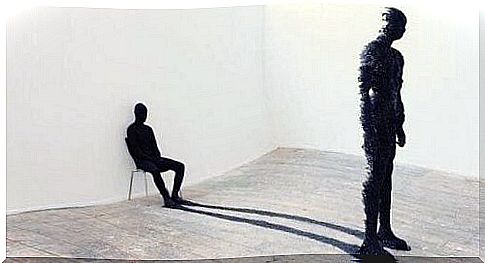
The archetype of the shadow: the dark side of human beings
The archetype of the shadow is closely linked to Freud’s concept of the unconscious. However, it contains unique nuances that differentiate it considerably and enrich it. We cannot forget that what began as an intellectual idyll between Freud and Jung ended up cooling to the point that the latter came to the conclusion that the father of psychoanalysis was “a tragic figure, a great man, but with whom he was in agreement as to his therapeutic method “.
Jung developed his own method, analytical psychology. He put aside the sofa and the asymmetrical relationship between therapist and patient to develop a conversation-based therapy, where he could investigate the structure of the psyche and that unconscious in which archetypes navigate. Of these, the one that came to have the greatest therapeutic value was undoubtedly the shadow archetype. Let’s take a look at its features :
The shadow: a known but repressed presence
“Shadow” is a term that Jung took from Friedrich Nietzsche. This idea represented each person’s hidden personality. At first glance, most of us show ourselves (and perceive ourselves) as good and noble beings. Within us, however, there are repressed dimensions, inherited instincts in which violence, anger, hatred sometimes lurk …
The archetype of the shadow does not dwell only in individuals. Sometimes it is also present in “groups of people”, in sects, in some types of religion or even in certain political parties. They are organizations that can bring their shadow to light to justify acts of violence against humanity itself.
The more we “repress” it, the more the shadow is destructive, insidious and dangerous. It is at this point, according to Carl Jung, that he “projects himself”, thus causing disturbances such as neurosis or psychosis to appear.
Jung made a distinction between two types of shadow archetypes. The first is the personal shadow, the one we all carry with our little frustrations, fears, selfishness and the most common negative dynamics. And then there would also be the impersonal shadow, which contains the essence of the most archetypal evil, the one that accompanies genocides, the most ruthless killers, etc.

How to deal with your own shadow?
It is quite possible that Jung’s shadow archetype theory is of interest to us on a theoretical level, that it has its own charm, its metaphorical essence and its mysticism. We all see in this figure the classic representation of taboo, evil and that dark dimension of the human personality that always arouses great interest. But can we derive from it some practical applicability in our daily life?
The answer is yes”. As the father of analytical psychology reminds us in books such as “The Archetypes of the Collective Unconscious”, our task in life is to accept in our entirety and integrate “our shadow” into the personality, to make it conscious and work on it, facing her face to face. Neglecting it and allowing it to continue operating in its unconscious universe can deprive us of balance and the opportunity to be happy.
We cannot forget the dynamics that are part of this concept that we call shadow: our fears, the traumas of the past, the delusions that poison us, the dreams not realized due to indecision and that turn into frustrated sharks that navigate our personality. If we hide them, those inner demons become more ferocious. If we silence them they end up controlling us, very often projecting onto others an image of ourselves that we don’t like.
L to our personal growth and our psychological well-being, therefore, will always depend on our ability to bring to light our shadows. Following this act of courage, a delicate but precious work will begin to heal us, to find calm and well-being.
